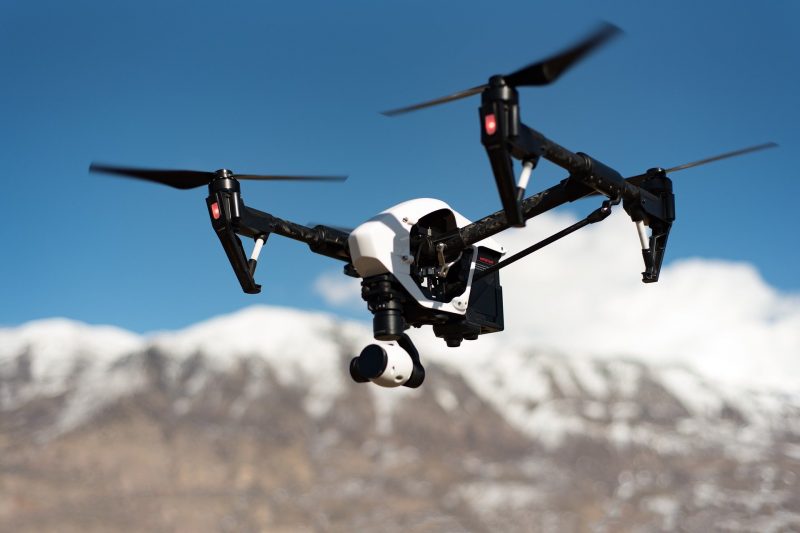Since the beginning of the year, the new EU-wide drone regulation has been in effect in Austria, which has brought with it important innovations such as online registration, the drone driving license and new categories for subdividing aircraft.
Currently, 25.000 drone pilots have installed the ÖAMTC drone info app with all the information about the new rules. The great interest in the aircraft is also reflected in numerous inquiries to the ÖAMTC, which now has to be observed so that one can legally and safely travel in the airspace.
“Especially now with spring-like weather and a few weeks before Easter, many parents contact us who want to give their children a drone. They ask whether a certain drone is a toy drone or whether it is necessary to register and obtain a drone license, ”explains ÖAMTC drone expert Benjamin Hetzendorfer. The information is usually sobering: Because for all drones with a camera mounted, liability insurance must be taken out and online registration must be made. “The only exception is if the drone falls under the EU Toy Directive and is therefore suitable for children under 14 years of age. Another indication is the CE marking. It must be clearly visible on the packaging. If this label is missing, the device cannot be sold as a toy, ”clarifies Hetzendorfer. Experience has shown that only very small drones, no larger than the palm of your hand, fall under this toy directive.
The five most important innovations due to the EU drone regulation
If the drone is not considered a toy, you should find out about the applicable regulations - preferably before you buy it. The ÖAMTC drone expert summarizes the most important points:
- Registration requirement: All drones over 250 g must be registered on the online platform www.dronespace.at. This also applies to drones under 250 g if a camera is mounted. Only mini-drones that are clearly marked as toys are exempt from registration. Online registration costs around 30 euros, is valid for three years and is valid for the entire European Union.
- Drone license: A drone driving license is compulsory for the operation of drones over 250 g. The 40-question multiple choice test for the drone driver's license is free and can be completed online. ÖAMTC drone expert Hetzendorfer advises taking the drone license for smaller drones as well: "The training is free and you learn the basics of safe drone flight."
- minimum age: The minimum age for registration is 18 years, but controlling the drone is allowed from 16 years. The drone license can also be obtained at 16. Children and young people under the age of 16 are only allowed to fly under the direct supervision of a suitably qualified drone pilot.
- Pay attention to restricted flight areas: In certain areas, e.g. For example, around airports, heliports or restricted military areas, flights may only take place with prior authorization. This applies to all drones that require registration. You can see where these no-fly zones are in the free ÖAMTC drone info app.
- Liability insurance: Drone liability insurance is still required and must be specified when registering online. Even if it is possible to fly several drones under one operator number, each aircraft must have valid liability insurance.
New categories of drones regulate distance, training and use
With the new drone regulation, the unmanned aerial vehicles are divided into three categories, which differ according to weight and purpose: Open, Specific and Certified. The decisive factor for the categorization and thus for the regulations that must be complied with is usually the take-off weight of the drone: the heavier the aircraft, the higher the demands on the pilot. “For hobby pilots, legal operation of a drone has become easier thanks to the Europe-wide rules and cheap online registration. And for professional users, too, there are more options with the new regulation. In conclusion, the ÖAMTC drone expert cites the most important advantages of the new regulation, for example, when drones fly outside of the direct line of sight within the framework of so-called 'standard scenarios'.







 trail (for them it's free to use)
trail (for them it's free to use)